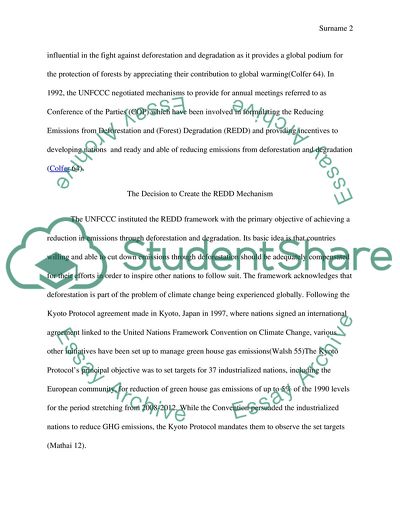Cite this document
(The Decision to Create the REDD Mechanism Research Paper, n.d.)
The Decision to Create the REDD Mechanism Research Paper. Retrieved from https://studentshare.org/environmental-studies/1761719-protecting-the-worlds-forests-from-idea-to-action
The Decision to Create the REDD Mechanism Research Paper. Retrieved from https://studentshare.org/environmental-studies/1761719-protecting-the-worlds-forests-from-idea-to-action
(The Decision to Create the REDD Mechanism Research Paper)
The Decision to Create the REDD Mechanism Research Paper. https://studentshare.org/environmental-studies/1761719-protecting-the-worlds-forests-from-idea-to-action.
The Decision to Create the REDD Mechanism Research Paper. https://studentshare.org/environmental-studies/1761719-protecting-the-worlds-forests-from-idea-to-action.
“The Decision to Create the REDD Mechanism Research Paper”, n.d. https://studentshare.org/environmental-studies/1761719-protecting-the-worlds-forests-from-idea-to-action.


